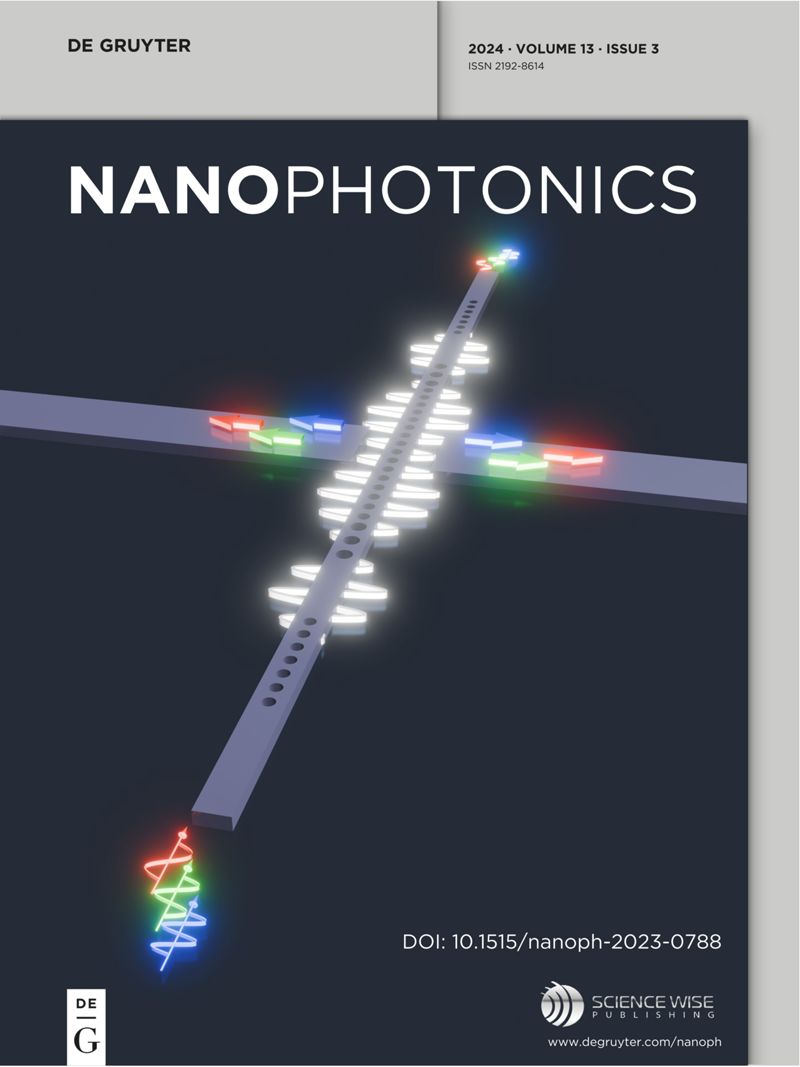Frequency modulated continuous wave LiDAR with expanded field-of-view based on polarization-splitting metasurface
IF 6.6
2区 物理与天体物理
Q1 MATERIALS SCIENCE, MULTIDISCIPLINARY
引用次数: 0
Abstract
Frequency modulated continuous wave (FMCW) light detection and ranging (LiDAR) has recently become a research hotspot in the fields of autonomous driving and intelligent perception due to its high-precision ranging and velocity measurement capabilities. However, the existing LiDAR systems are usually challenged in expanding the field-of-view (FOV), which often comes at the expense of beam quality and degrades the detection accuracy and signal-to-noise ratio. On the other hand, the complexity of data processing algorithms may introduce significant measurement inaccuracies, potentially leading to substantial deviations in the final results. These two constraints limit the performance of LiDAR in complex scenarios. To address these issues, this paper proposes a new architecture for FMCW LiDAR that employs a geometric metasurface as a polarization splitter for expanded FOV of beam steering. With the combination of mechanical scanning mirror and metasurface, the scanning FOV has been successfully enlarged from 64° × 20° to 64° × 40°. Simultaneously, millimeter-level precision was achieved in distance measurement, along with an average relative error of 9 mm/s in velocity measurement, which confirms stable and precise system performance. This approach not only broadens the scanning range but also preserves the measurement accuracy of FMCW technology. This paper innovatively combines polarization beam-splitting metasurface with FMCW technology to achieve high-precision measurement over a wide field of view, providing a promising new technical pathway for the technological evolution of future LiDAR systems.基于偏振分裂超表面扩展视场的调频连续波激光雷达
调频连续波(FMCW)光探测与测距(LiDAR)由于具有高精度测距和测速能力,近年来已成为自动驾驶和智能感知领域的研究热点。然而,现有的激光雷达系统通常在扩大视场(FOV)方面面临挑战,这往往以牺牲光束质量为代价,降低检测精度和信噪比。另一方面,数据处理算法的复杂性可能会引入显著的测量不准确性,从而可能导致最终结果的重大偏差。这两个制约因素限制了激光雷达在复杂场景中的性能。为了解决这些问题,本文提出了一种FMCW激光雷达的新架构,该架构采用几何超表面作为偏振分路器,以扩大光束转向的视场。将机械扫描镜与超表面相结合,成功地将扫描视场由64°× 20°扩大到64°× 40°。同时,距离测量精度达到毫米级,速度测量平均相对误差为9 mm/s,系统性能稳定、精确。这种方法不仅扩大了扫描范围,而且保持了FMCW技术的测量精度。本文创新性地将偏振分束超表面与FMCW技术相结合,实现了大视场范围内的高精度测量,为未来激光雷达系统的技术演进提供了一条有前景的新技术途径。
本文章由计算机程序翻译,如有差异,请以英文原文为准。
求助全文
约1分钟内获得全文
求助全文
来源期刊

Nanophotonics
NANOSCIENCE & NANOTECHNOLOGY-MATERIALS SCIENCE, MULTIDISCIPLINARY
CiteScore
13.50
自引率
6.70%
发文量
358
审稿时长
7 weeks
期刊介绍:
Nanophotonics, published in collaboration with Sciencewise, is a prestigious journal that showcases recent international research results, notable advancements in the field, and innovative applications. It is regarded as one of the leading publications in the realm of nanophotonics and encompasses a range of article types including research articles, selectively invited reviews, letters, and perspectives.
The journal specifically delves into the study of photon interaction with nano-structures, such as carbon nano-tubes, nano metal particles, nano crystals, semiconductor nano dots, photonic crystals, tissue, and DNA. It offers comprehensive coverage of the most up-to-date discoveries, making it an essential resource for physicists, engineers, and material scientists.
 求助内容:
求助内容: 应助结果提醒方式:
应助结果提醒方式:


